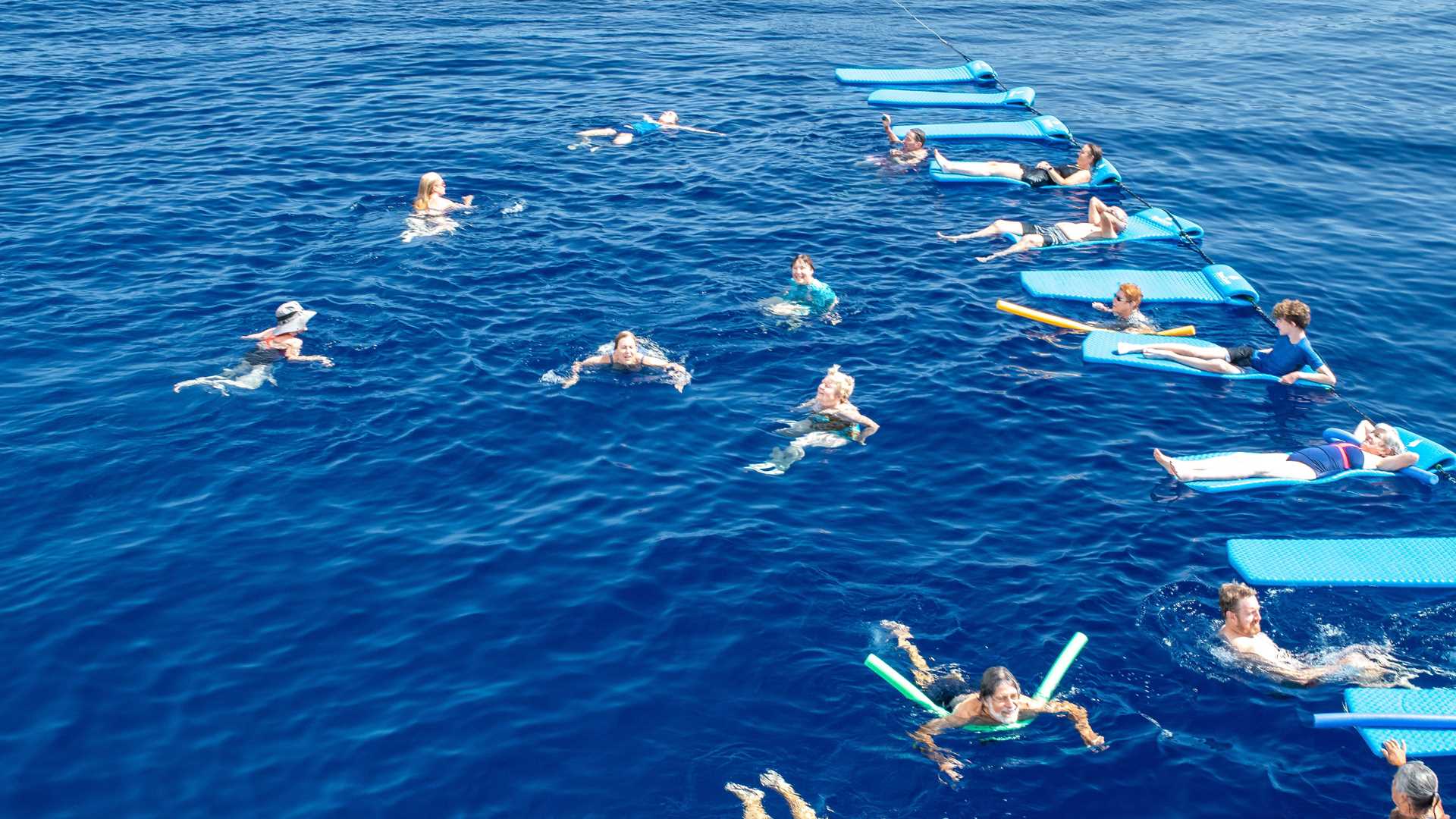We arrived in the archipelago of the Aeolian Isles about 6:00 a.m. The sun was just coming up over these volcanic, craggy mountains. In Homer’s Odyssey, he refers to these isles as the “Isles of the Wind.” They can be very windy, but today we were lucky as there was virtually no wind, the sea was flat with hardly a ripple. These rather isolated and barren windswept islands have become very popular in the past twenty years with the “jet set.” Some of you may remember the wonderfully charming film Il Postino about the exile in these islands of the Chilean poet Pablo Neruda. Traditionally, the islanders made a living from the sea as fishermen. Today, while they still fish, tourism has helped considerably. Although they appear far off the beaten path to us in antiquity, they were very busy places and traded their goods, particularly obsidian (volcanic glass) all over the Mediterranean. We saw evidence of this trade as far southeast as the Stone Age temples “Ggintjia” on the island of Gozo in the Malta archipelago. I gave an informative, illustrated talk on the geology of the Mediterranean this morning.
After the talk, at 10:30 A.M., we had a swim in these fabulous waters. The water was crystal clear, warm, and the high salt content made it virtually unnecessary to move. You just bobbed up and down. I didn’t count how many were in the water, but it appeared most of us took advantage of this chance to swim right off Sea Cloud. The swim was restorative and perfect.
After lunch, we visited the largest island in the archipelago, the isle of Lipari. The sun was warm as we boarded Zodiacs and the tender for the short ride to the shore. There we boarded our coaches for the scenic drive around this very mountainous island of Lipari. Capers seem to thrive here, and I noticed many growing from crevices in the rock walls. The scenery was very dramatic, and we could see the other adjoining islands quite easily. The local museum holds a great surprise, as it has what I believe may be the greatest concentration of ancient Greek ceramics in any museum. Of course, I use the word “surprise” because we moderns tend to see Lipari now as an isolated and hard to reach place, but in antiquity, there was a lively exchange of goods from across the Mediterranean. The pottery collection is superb. Both red and black figure pots were displayed in all their varying shapes. Imagine – some of these vessels were in mint condition, and they are 2500 years old. While the Greeks used these pots for practical purposes, they invariably decorated them with stories from their history and mythology. One can see the feats of Hercules, Zeus, and the other Olympic Gods, stories from the Iliad and the Odyssey, and even inscriptions on the pots. The symmetry of the pots denotes bespoke craftspeople of great ability. We made a short visit to the church and viewed some of the ancient ruins. The last Zodiac back to Sea Cloud was at 6:00 and it seemed some people were waiting until the last call. I cannot blame them as it is an enchanting place.
Dinner was as spectacular as always. I am always amazed at the high quality of the food given that it is prepared in a small galley and has to be brought up at least three decks when we eat on the Lido. The chefs and the service staff are incomparable. After dinner, we all waited along the starboard and bow for the volcano Stromboli to come to life. It did not disappoint and exploded at least three times. Flames shot up high above the crater, and as it was quite dark, it was spectacular.






